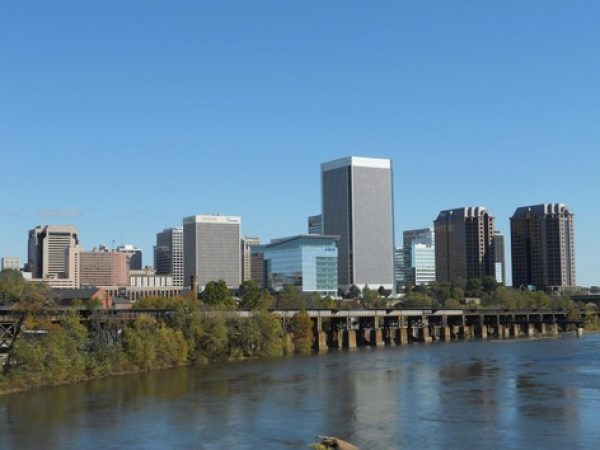During the last couple of months, several non-economists have mentioned to me that they have this feeling that the Richmond region’s economy is getting ready to take off.
I typically tell them that the numbers simply don’t support that sentiment.
The region’s seasonally-adjusted unemployment rate stood at 7.6 percent in October, compared with a 6.4 percent rate for Virginia. (The jobless rates for the Richmond metro area and other regions of the state for November are to be released Wednesday.)
The region’s employment in October fell 0.7 from a year ago, while the state gained 0.6 percent in total employment.
Some say that the Richmond metropolitan area didn’t do all that bad during the recession once the unusual amount of corporate bankruptcies that affected the region are accounted for.
I tested that logic by taking out about 4,500 jobs when Circuit City, Qimonda and LandAmerica shut down in 2008 and 2009.
By doing that, the metro area employment contracted 5.6 percent from its peak in September 2007 through October 2011. But by including those jobs losses, the region saw a 6.3 percent contraction, or a total of about 40,000 jobs, since the peak.
That compares with an employment contraction of 3.7 percent in the state from its peak in April 2008 and 4.8 percent in the nation from its peak in January 2008.
Richmond’s dependence on the finance, insurance, and real estate industry drove employment numbers lower than in the nation even when the large bankrupt firms are excluded.
Where is the optimism coming from?
The doubling in employment at Fort Lee is one obvious reason for optimism. The expansion of Rolls Royce, a well-known, high-quality firm, into the area is another reason for confidence. Both of those expansions are likely to draw additional businesses to the region.
Aside from those events, the city of Richmond has become more vibrant over the last decade.
Buildings that have been renovated into apartments and condominiums have brought activity to downtown Richmond that is making it a more enticing place to visit than just on weekends. For instance, the first phase of the $70 million project to convert the former Hotel John Marshall into the Residences at the John Marshall apartments is completed, after five years in the making.
Even though the region’s dependence on finance, insurance, and real estate hampered the area during the past recession, its mix of industries is favorable for future growth.
Chmura Economics & Analytics forecasts that the region will add nearly 75,000 jobs during the next 10 years, which translates into a growth rate of 1.2 percent per year compared to a 0.9 percent per year in the nation.
In fact, the Richmond metro area is likely to grow faster than the Chmura forecast because our report did not take into account the recent announcement that Amazon.com Inc. will open two huge distribution centers in Chesterfield and Dinwiddie counties, creating 1,350 jobs. Nor does the report account for the impact from the hosting the Road World Championships cycling race in 2015.
After acknowledging Richmond’s recent losses and subpar growth, I conclude that there are a lot of reasons why we should expect Richmond’s economy to take off during the next decade.
Email this author






